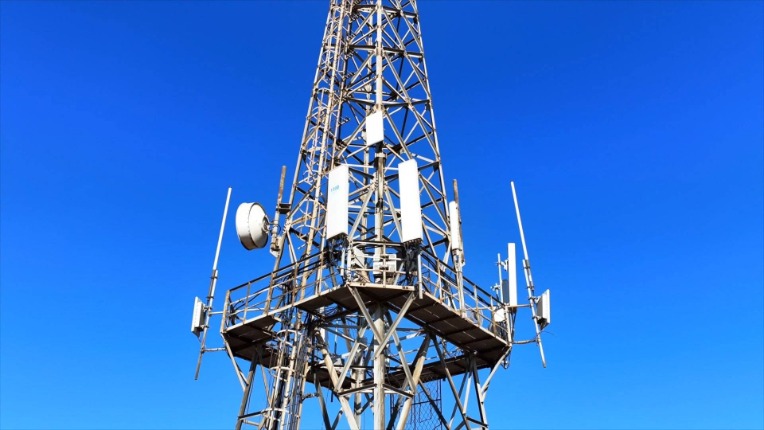1. Permanent load
The permanent load of a telecommunication tower includes the self-weight of the tower body and ancillary components (lightning rods, ladders, platforms, antennas, feeders), the self-weight of fixed equipment, the initial stress of the cables, etc.
2. Variable load
Variable loads include wind load, earthquake action, ice load, platform live load, snow load, installation and maintenance load, etc.

2-1. Wind load
Wind load calculations should be carried out in accordance with the current Chinese national standard "Code for Loading of Building Structures" GB50009-2012. The shape coefficients of the antenna, platform, railings, and single-tube tower shaft shall be implemented in accordance with the "Technical Regulations for Steel Structure Single-tube Communication Towers" CECS236:2008 and the "Design Specifications for Steel Tower Mast Structures of Mobile Communications Engineering" YD/T5131-2005.

2-2. Earthquake effects
The seismic fortification intensity of the tower structure should be based on the seismic fortification intensity of the location where the tower is located. The calculation of seismic effects is carried out in accordance with the current Chinese national standard "Code for Seismic Design of Buildings" GB50011-2010.
2-3. Platform live load
The vertical live load of the platform is generally considered as 2.0kN/m2; the horizontal load at the top of the platform railing is considered as 1.0kN/m.

2-4. Ice load
The ice coating load calculation is carried out in accordance with the current Chinese national standard "Code for Design of Towering Structures" GB50135-2006.
2-5. Snow load
The snow load is considered when different from the platform live load, and the platform live load is greater than the snow load, so the snow load is generally not considered. However, in high latitudes, it is very necessary to take into account the largest annual snowfalls in the past.
 collapsed power tower in cold wave
collapsed power tower in cold wave
Tel: +86 158 9888 8891
Whatsapp: +86 158 9888 8891
Office: +86 532-55578185